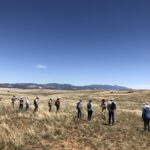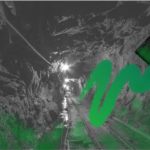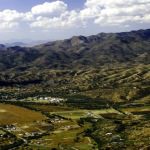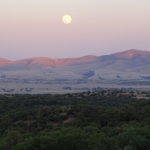Manuel Coppola wrote an editorial “Mine permitting takes too long” in the Nogales International (Jan 21, 2014).
He used the proposed Rosemont Copper mine and Wildcat Silver [AZ Mining Inc] exploration proposals as examples of the problem and cites House Bill HR 761 as the solution. The bill would speed up permitting on federal lands to 30 months vs. the current seven to 10 years.
Here’s our response to the editorial:
Perhaps we can lay the blame on the length of permitting on the fact that mines are still governed by the 1872 Mining Law. Mining, as well as the rest of the world, has changed vastly in the last 142 years. What hasn’t changed is that gold, silver, copper and other minerals extracted by mining companies are given away for free because of the 1872 Mining Law. Taxpayers receive no royalties for minerals mined on public land.
Instead of trying to speed up this antiquated law with a bill like HR 761–kind of like making a horse and buggy travel at supersonic speeds–we should reform the 1872 Mining Law to include such improvements as making mining companies pay for the minerals they extract and also paying towards the inevitable toxic burden mines create. Our U.S. Representative, Raúl Grijalva, introduced HR 2467, the Abandoned Mine Lands Cleanup and Taxpayer Fairness Act, a bill to modernize U.S. mining law and establish a royalty program to increase taxpayer return on investment. It also creates an abandoned mine cleanup fund.
The Arizona State Mining Inspector has identified at least 1,200 potentially hazardous abandoned mines in Arizona. Current mines are no better. In the EPA’s 2011 Toxic Release Inventory, Arizona mining companies account for 7 of the top 10 facilities with the largest toxic releases. That’s over 81.4 million pounds of toxic chemicals released into the air, water and land in Arizona.
The proposed Wildcat Silver [AZ Mining Inc] mine is situated at the headwaters of Harshaw Creek in the Patagonia Mountains. Harshaw Creek and Sonoita Creek are the primary sources of the Town of Patagonia’s drinking water. The historic mines in the Patagonia Mountains polluted Harshaw Creek and still produce acid runoff. The size of those historic mines operated over 50-100 years ago are a drop in the bucket compared to the size of the proposed Wildcat Silver mine. Will Patagonia’s drinking water survive a toxic chemical release at the Wildcat Silver mine? Will there be enough water for the town and the Wildcat Silver mine? We should all know the answers to those questions and more before any mining starts in the Patagonia Mountains. The water pollution and acid drainage caused by an open pit mine could pollute Patagonia’s drinking water in perpetuity.
Wendy Russell
Coordinator
Patagonia Area Resource Alliance










